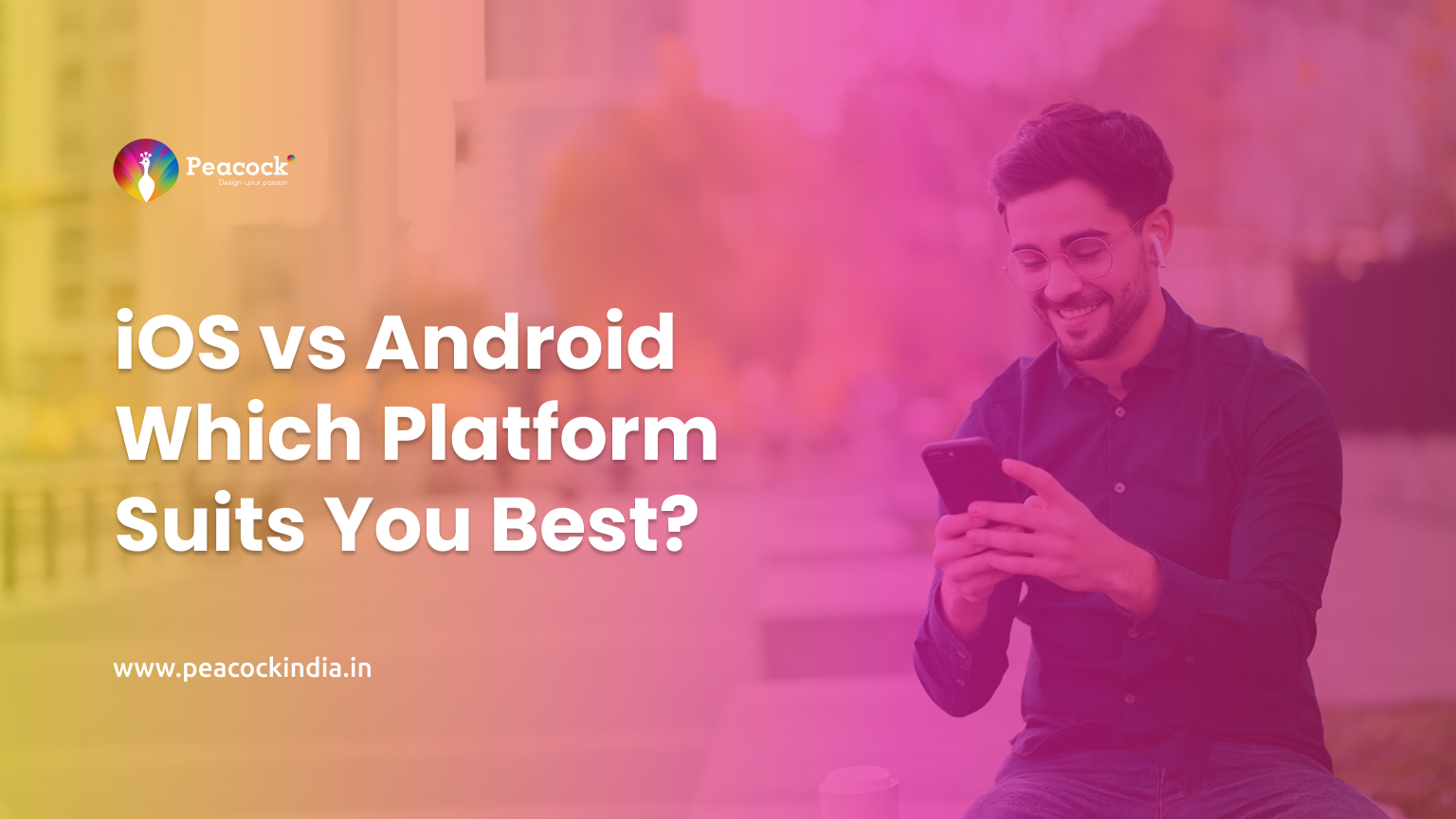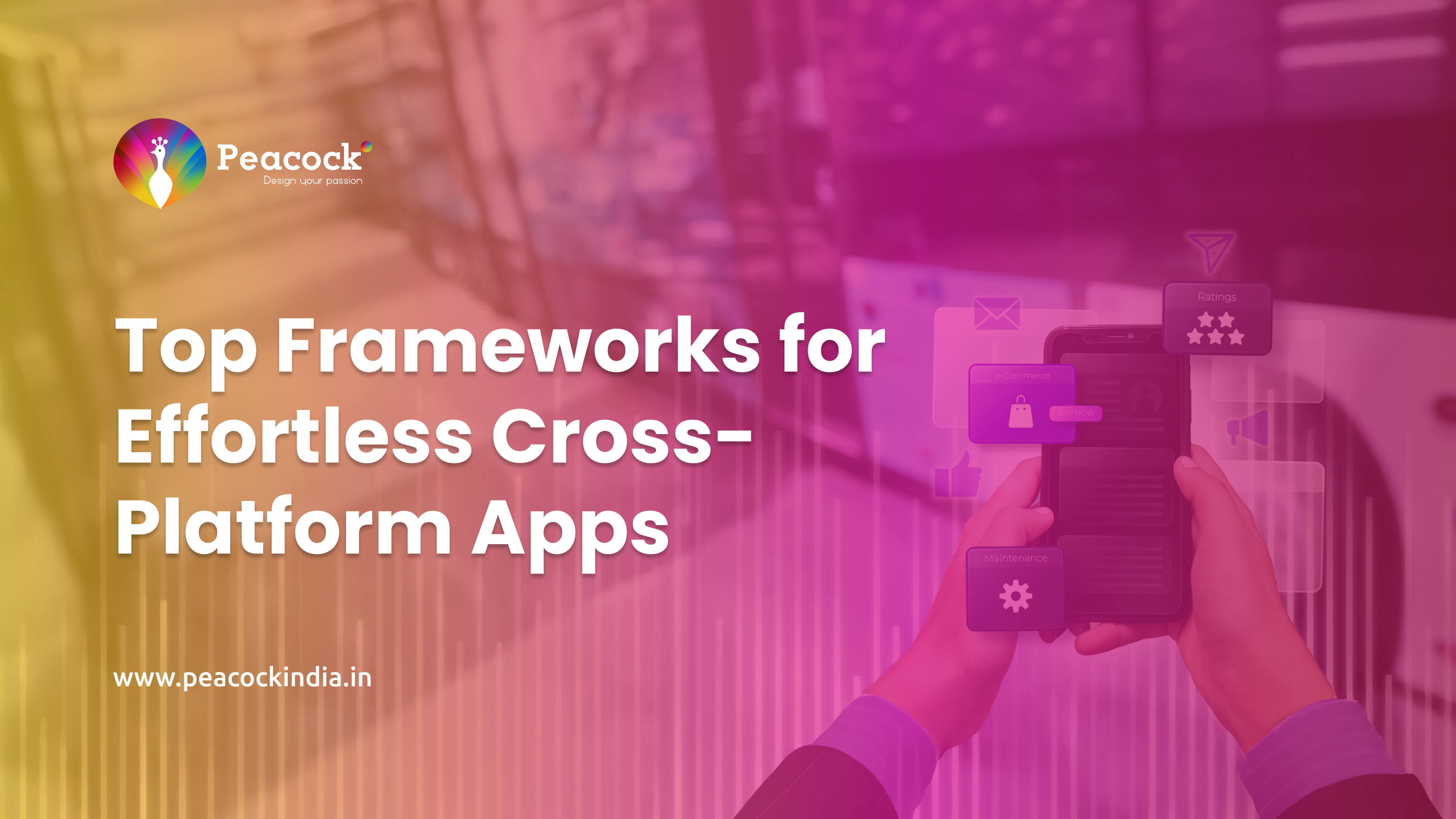Mobile apps have become an integral part of businesses and everyday life, driving innovation and customer engagement. With the rapid evolution of technology, companies must follow a structured mobile app development process to ensure success.
Whether you are an entrepreneur, developer, or business owner, understanding the app development cycle can help you make informed decisions.
In this guide, we will take you through the mobile app development process, covering planning, design, development, testing, deployment, and maintenance to help you build a successful app.
Understanding the Mobile App Development Process
The mobile app development process consists of key stages that ensure smooth execution from ideation to launch. Following these steps improves efficiency, reduces costs, and enhances user experience. The primary stages include:
- Strategy & Planning
- UI/UX Design
- App Development
- Testing & Quality Assurance
- Deployment & Launch
- Post-Launch Support & Maintenance
Each stage plays a crucial role in building an efficient, user-friendly, and high-performing mobile application.

Key Stages of Mobile App Development
Stage 1: Strategy & Planning
Before writing a single line of code, a clear strategy and roadmap are essential. This phase includes:
- Defining Objectives – Understanding business goals and the app’s purpose.
- Market Research & Competitive Analysis – Identifying industry trends and user expectations.
- Choosing the Right Development Platform – iOS, Android, or cross-platform solutions like Flutter and React Native.
- Monetization Models – In-app purchases, advertisements, subscriptions, or freemium models.
Stage 2: UI/UX Design
An intuitive and visually appealing design is crucial for user engagement. The design phase includes:
- Information Architecture & User Flows – Structuring content for seamless navigation.
- Wireframing & Prototyping – Visualizing the app layout and features.
- Visual Design & Branding – Implementing color schemes, typography, and interactive elements.
- User Experience (UX) Optimization – Ensuring intuitive and smooth user interactions.
Stage 3: App Development
The development phase is where coding and app functionalities take shape. It includes:
- Backend Development – APIs, databases, and authentication systems.
- Frontend Development – User interfaces, responsiveness, and animations.
- Technology Stack Selection – Choosing programming languages (Swift, Kotlin, React Native, etc.).
- Third-Party API Integrations – Payment gateways, analytics, and chatbots.
Stage 4: Mobile App Testing
Testing ensures a bug-free, high-performing app before launch. Key testing processes include:
- Functional Testing – Checking if app features work as intended.
- Performance Testing – Evaluating speed, responsiveness, and stability.
- Security Testing – Ensuring data encryption and compliance with security standards.
- Device & Compatibility Testing – Checking performance across OS versions and screen sizes.
- Beta Testing & User Feedback – Gathering insights from real users before the final release.
Stage 5: Deployment & Launch
Once testing is complete, the app is ready for release. This phase includes:
- App Store Submission – Complying with Apple App Store & Google Play Store guidelines.
- App Store Optimization (ASO) – Enhancing visibility through keywords, descriptions, and images.
- Marketing & Promotion Strategies – Driving downloads with SEO, social media, and ads.
Stage 6: Post-Launch Support & Maintenance
After launch, continuous improvements are necessary to keep users engaged. Key tasks include:
- Monitoring Performance Metrics – Tracking downloads, active users, and crash reports.
- Bug Fixes & Feature Updates – Addressing issues and adding new functionalities.
- User Feedback Implementation – Enhancing the app based on user reviews.
- Scaling the App – Expanding features and capabilities over time.
Also read
Cost of Mobile App Development
The cost of developing a mobile app depends on various factors, including complexity, features, design, platform, and team size. Estimated cost ranges include:
Transform Your Ideas into Reality! From basic apps to enterprise-level solutions, contact us today and let us help you bring your vision to life.
Investing in a professional development team ensures cost efficiency, quality, and scalability.

Emerging Technologies in Mobile App Development
With rapid advancements in technology, staying ahead of trends is crucial. Some game-changing innovations include:
- 5G Technology – Faster network speeds and low latency.
- AI & Machine Learning – Personalized app experiences and automation.
- Augmented Reality (AR) & Virtual Reality (VR) – Interactive and immersive apps.
- Blockchain for Mobile Apps – Secure transactions and decentralized applications.
- IoT Integration – Smart device connectivity and automation.
- Beacon Technology – Location-based marketing and services.
How Long Does Mobile App Development Take?
The time required for mobile app development varies based on complexity:
- Simple Apps: 3-6 months
- Medium-Complexity Apps: 6-12 months
- Enterprise Apps: 12+ months
Partnering with an experienced development team ensures timely delivery and high-quality output.
Conclusion
Building a mobile app requires strategic planning, a well-defined process, and a reliable team. By following the structured mobile app development process, businesses can create user-friendly and scalable applications.
Key Takeaways:
- Understand the stages of mobile app development.
- Choose the right tech stack and platform.
- Prioritize testing and user feedback.
- Implement the latest technologies to stay ahead.
- Continuously update and maintain your app for long-term success.
If you're looking for expert mobile app development services, Peacock India is here to help. Contact us today to bring your app idea to life!
Have an app idea? Let's build it together! 🚀


















